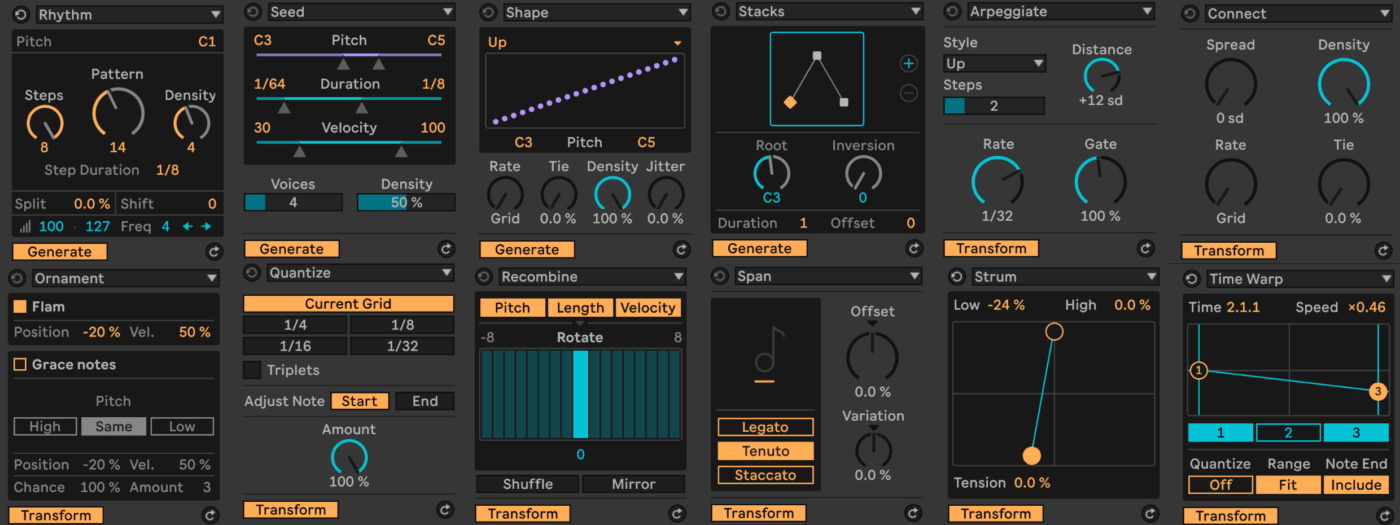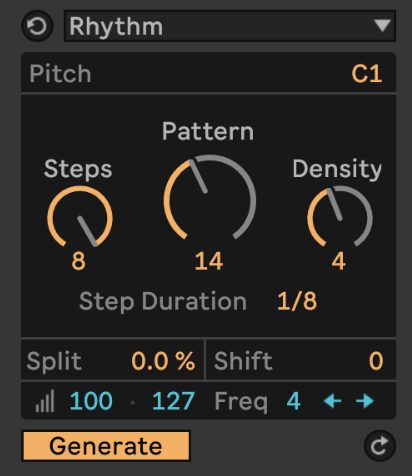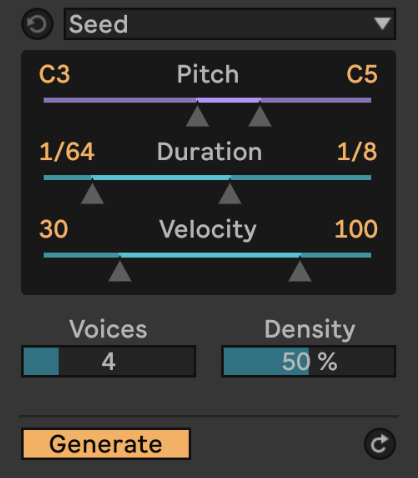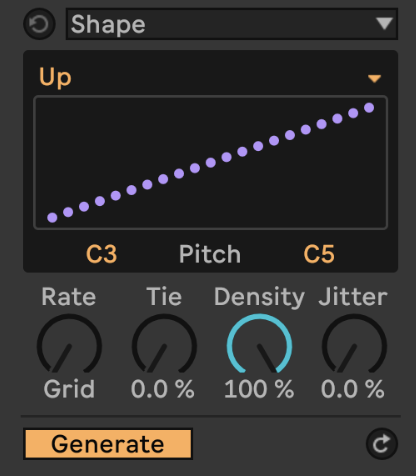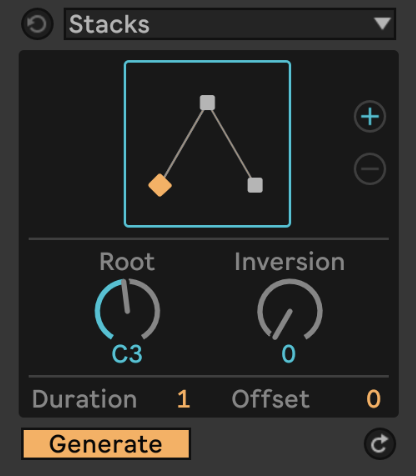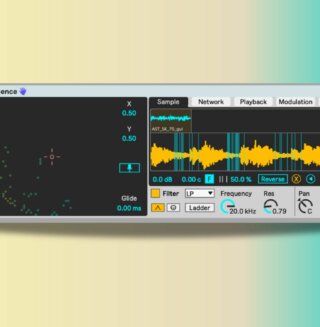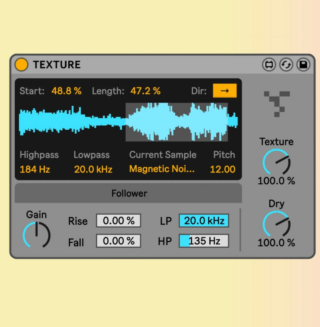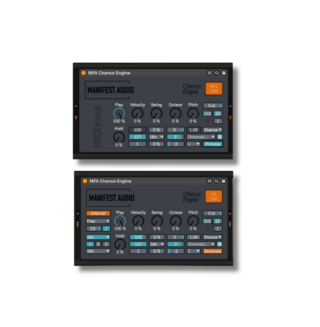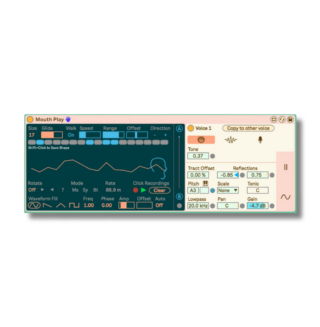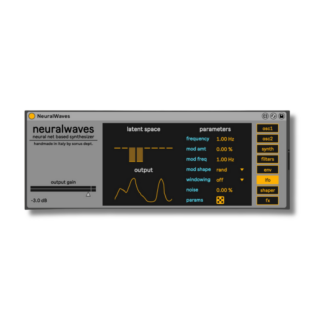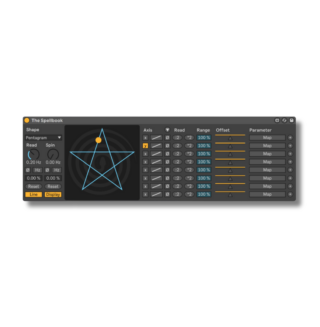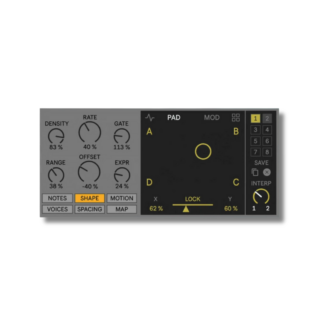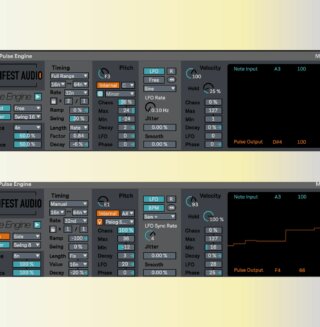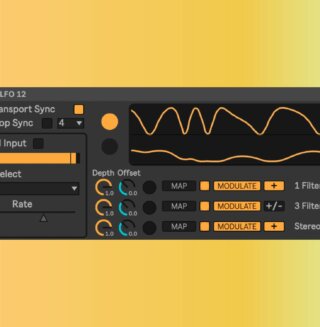Along with welcome GUI updates, scales awareness, micro-tunings, sound-similarity search, and all-new instruments, Ableton Live 12 introduced a groundbreaking feature set with MIDI Tools, offering musicians and producers access to a wealth of new possibilities directly within the MIDI editor.
LIVE 12 MIDI TOOLS
Fully integrated with Live 12’s scale awareness, MIDI Tools empower users to reshape phrases and fully generate new rhythms and melodies like never before. Think of them like a new plug-in format, designed specifically to act on MIDI and incorporated directly into Live’s piano roll editor.
MIDI Transformations in Live 12 open doors to intricate variations in MIDI clips, allowing users to infuse their compositions with novel ornamentation, playful articulations, and dynamic expression. From drawing rhythmic acceleration and deceleration curves to simulating the organic strumming of a guitar, MIDI Transformations offers a versatile toolkit for refining and enhancing MIDI patterns to suit diverse production styles.
Adding new MIDI from thin air, MIDI Generators in Live 12 offer endless inspiration, enabling users to conjure intricate melodies, chord progressions, and nuanced rhythms effortlessly. Using custom constraints, producers can guide Generators to expose original musical ideas, providing fertile ground for further development, editing, and exploration. Whether seeking a starting point for a new composition or injecting fresh ideas into existing projects, MIDI Generators provide an invaluable resource for sparking creativity.
Custom MIDI Generators and Transformations
If Ableton had just provided their own in-house MIDI Tools and left it at that, they would still offer a significant leap. However, with the capability for custom MIDI Generators and Transformations to be developed in Max for Live and added seamlessly to any user’s MIDI editor, the potential for musical ideation is poised for unprecedented expansion.
Manifest Audio and Philip Meyer are among the developers who are excelling in these tools. Meyer’s ingenious interfaces offer intuitive pathways to program new rhythms and unconventional patterns, clearly demonstrating the possibilities of these tools. These tools generate ideas that are unlikely to surface through traditional MIDI recording or editing methods.
Meanwhile, Manifest Audio has offered a suite of eight transformers and four generators that harness advanced randomization and meticulous rhythmic control to yield powerful new ideas and boundless variations. Pattern inversion options help build compelling call-and-response patterns. They also added a sonification-based MIDI Tool called Dataforge to their Sonification bundle, allowing you to convert any data string to MIDI directly in your MIDI clip.
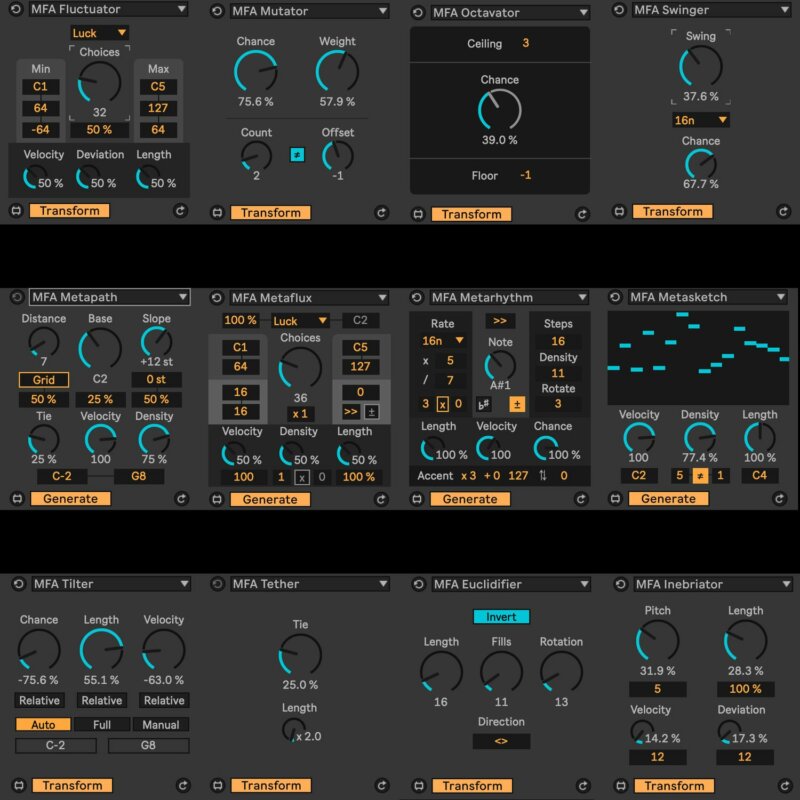
But these are just two examples of developers who are early to the game. The integration of Max for Live is bound to enrich the MIDI Tools ecosystem, offering users the opportunity to explore a growing offering of Transformers and Generators – and even create their own.
With Max for Live’s flexible extensibility, users can tailor MIDI Tools to their specific needs and workflows, unleashing a wave of innovative approaches to composition and tools to share. The possibilities for crafting and shaping MIDI in Live 12 seem to have expanded exponentially overnight.
It may take some time to catch on, but MIDI Tools seems to be another innovative milestone for Ableton, once again separating them from competing DAWs with a fresh approach. With the ability to develop custom MIDI Tools in Max for Live, Ableton is unlocking new realms of creativity. The landscape of musical ideation in the MIDI context is poised for a Cambrian explosion, inviting users to push the boundaries of what’s possible—and it’s only just begun.
We have a short video below that provides more information on Max for Live, what it is, and how it can be used.
